August 8: Happy and sad historic day
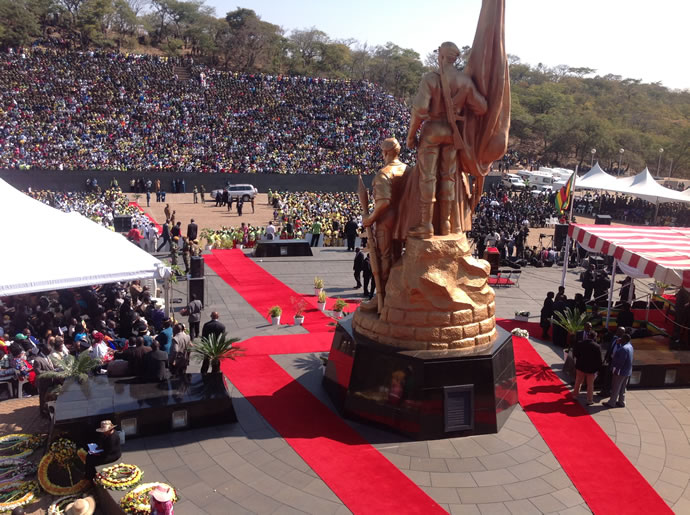
ON this historical day, 52 years ago, the party of liberation and part of the current ruling party, the Zimbabwe African National Union was born, as an offshoot of the Zimbabwe African People’s Union (Zapu). Cdes Ndabaningi Sithole, Henry Hamadziripi, Mukudzei Midzi, Herbert Chitepo, Edgar Tekere and Leopold Takawira formed the splinter from the Cde Joshua Nkomo-led Zapu and at the house of Enos Nkala in Highfield.
The Zanu group was spoiling for an armed confrontation against the settler regime while they perceived Cde Nkomo of dithering on the issue.
However, both parties were to execute the war side by side, with the formation of military wings, the Zimbabwe African National Liberation Army (Zanla) and the Zimbabwe People’s Revolutionary Army (Zipra) respectively to fight the struggle from neighbouring countries.
Zanla fought from Mozambique and Zambia, while Zipra waged the war from Zambia and Botswana.
The parties did not have fundamental differences and this allowed them to form the Patriotic Front in the shuttle negotiations with the international community, eventually the Lancaster House Conference in London, 1979.
The two parties were to contest the 1980 elections separately, although they maintained the PF identity, which after Independence and skirmishes in Midlands and Matabeleland provinces in the mid-1980s eventually reasserted itself with the parties uniting to form a unitary Zanu-PF.
The new party, born out of the historic Unity Accord of December 22, 1987, had Cde Mugabe as President and Cde Joshua Nkomo as his deputy.
The party has remained intact and has consolidated the gains of the liberation struggle to this date.
The successes of the ruling party include massive strides in education, health, infrastructure and the game-changing land reform, and indigenisation and economic empowerment programmes dubbed the Third and Fourth Chimurenga respectively. However, on this same date in 1976, the Smith regime attacked unarmed refugees at the Nyadzonia camp in Mozambique, who comprising of women and children, had gathered at a morning assembly to observe the formation of Zanu.
War veteran Cde Alexander Kanengoni has a timeless but harrowing tale about the day which goes:
At Nyadzonia, it took us over a week to bury the nearly 2 000 people who had perished in the horrendous incident. And as we walked away from the horrible place, I was afraid to turn back and see the thousand or more sobbing shadows with their heads bowed, following us, refusing to be left behind and got forgotten.
To most of us, Heroes’ Day has become synonymous with the National Heroes’ Acre. Each year, on the solemn day, thousands of us gather on the sacred national shrine to remember those who shed their blood for the liberation of the country.
Here, we laid to rest Herbert Chitepo. I was not at Nyadzonia when the Rhodesians attacked it. I was at Chimoio. But I was among the platoon of 30 that was dispatched to the camp soon after the news of the attack was received. Thus, I will tell the story of the massacre not as a survivor but as one of the first people who got to the scene immediately after the massacre.
Nyadzonia was attacked on the morning of August 9, 1976 but the news only reached Chimoio in the afternoon because the Rhodesians had blown up the bridge over Pungwe River, which was the link with Chimoio.
We were sent not as a relief, but a security measure ahead of any help that would come to Nyadzonia. So armed with AKs, light machine-guns and bazookas, we raced to Nyadzonia in four Land-Rovers and an armoured personnel carrier. And at the devastated bridge, we met the first survivors.
Among them was the camp commander, the late Moses Mvenge, the politician from Mutare. There was no need to ask him any questions because the tragic story was everywhere for everyone to see.
The survivors’ torn clothes, their lacerated bodies, the terror in their eyes and the ghosts that their faces had become told the grim story. There had been a total disaster. We abandoned the vehicles and searched for a place to cross the angry and roaring river.
It took us over an hour to cross and unfortunately during the arduous process, Nyika was swept away down the leaping treacherous river. We watched helplessly as his desperate and muted cry finally drowned and suffocated in the cascading fury. No one among us knew his home name or the part of the country where he came from.
He could be anyone’s son or brother.
We proceeded to Nyadzonia. As we trudged forward with the setting sun on our back, we came upon the first dead bodies and they increased dramatically as we got closer and closer to the camp. And then at last, we were confronted with an endless sea of dead bodies stretching in all directions and I shook my head in disbelief.
There were corpses here, corpses there, and corpses everywhere. There were corpses of babies strapped on their mothers’ backs, there were corpses of small boys and girls. There were corpses of young men and women, there were corpses of old men and women.
And the corpses had all sorts of mutilations; decapitated heads, shattered jaws, crushed or missing limbs, disembowelled entrails, scattered brains, gouged eyes, everything. The highest concentration of the corpses was around the open space they used for their morning assembly. We would later learn from the survivors that the Rhodesians had come with their faces painted black and with camouflage, weapons and vehicles similar to those used by Frelimo, the Mozambican army.
That was how the 15 000 or so refugees at Nyadzonia had mistaken them for Frelimo. And so when one of the Rhodesians stood on the pedestal at the centre of the square and blew the emergency whistle, everyone had stampeded to the square, anxious for any good news.
And with everyone around the pedestal still gasping for breath, (Morrison) Nyathi, a recently defected guerrilla commander, gave the orders to shoot.
There was nothing to understand. Then there were the flies. Swarms of swarming heavy, green bombers. They hovered from corpse to corpse, their laden stomachs bulging to bursting point. In two days’ time, the worms would begin to appear on the corpses decomposing in the sun but for now, it was just the nauseating green flies. Yes, in two days’ time, the fat, wiggling lethargic worms would begin to appear.
And then there was the stench of the decomposing corpses that filled the air. But like all the other things, the stench would slowly disappear from our noses and by the third day, it would have completely disappeared.
And it would be left to the new arrivals to tell us that our eyes looked unfocused and that we also looked frightening and that the smell of death followed us wherever we went. Of course, that was before they too had stayed long enough to also acquire the unfocussed look and to have the smell of death following them wherever they went. And there was fire and smoke everywhere. Virtually every building in the camp had been gutted and only their charred hulks remained.
The shell of the makeshift clinic run by the Red Cross across the drift stood looking up like an old woman wailing at a funeral.
There were corpses strewn all over the smouldering logs and others burnt beyond recognition. And a short distance away to the east, the Nyadzonia River writhed and cried, heaving under the weight of hundreds of bloated, floating bodies. And then there were the injured, hundreds of them; writhing and crying like the river.
Some had been shot and left for dead.
Others had their limbs crushed by the rumbling steel-belted wheels of the pursuing armoured vehicles.
And providing hope and assurance to some of them was one of the most difficult tasks that I had ever done.
A small girl of not more than eight, whose chest had been ripped open by a machine gun, with part of her lung now exposed asked me as she calmly sat in a donga: “Do you think I will survive comrade?”
Strangely, all through that nightmare, I had not cried, not a single tear. I stood up, looked away and wept for something that was much, much more than the tragedy of the little girl.
Why had I ever joined this war?
Why, why, why? I kept asking myself
When I at last turned, the little girl had died. And then something inside me went out like a flame in the wind. It was as if she was waiting for someone to be close by to die. And not far away, the river continued to cry. The war would never be the same again. Help started coming in the following morning and because the bridge over the Pungwe River had been blown up, the injured could only be ferried by helicopter to either Chimoio or Beira.
And for four days, we battled to bury the dead in mass graves that a caterpillar that had been brought in from Tete was digging.
Then the skins of the decomposing corpses began to peel in our bare hands and we had no choice but to leave the work to the bulldozer. The bulldozer moved the decomposed corpses into the huge graves that it had dug and covered them up. On the seventh day, we finished writing the traumatic chapter of our chequered history but the stench of death that followed us remained.
For nearly a month, people everywhere we went told us our eyes were unfocused and frightening and that we carried the stench of a decomposing death.
In the new camp outside Chimoio, the survivors sang and danced, stamping the ground, Zimbabwe ndeye ropa baba, Zimbabwe ndeye ropa redu nemadzibaba” and then the anger and determination, “Ndati ndiudzei baba, mamboaona kupi mabhunu tinobayana.”

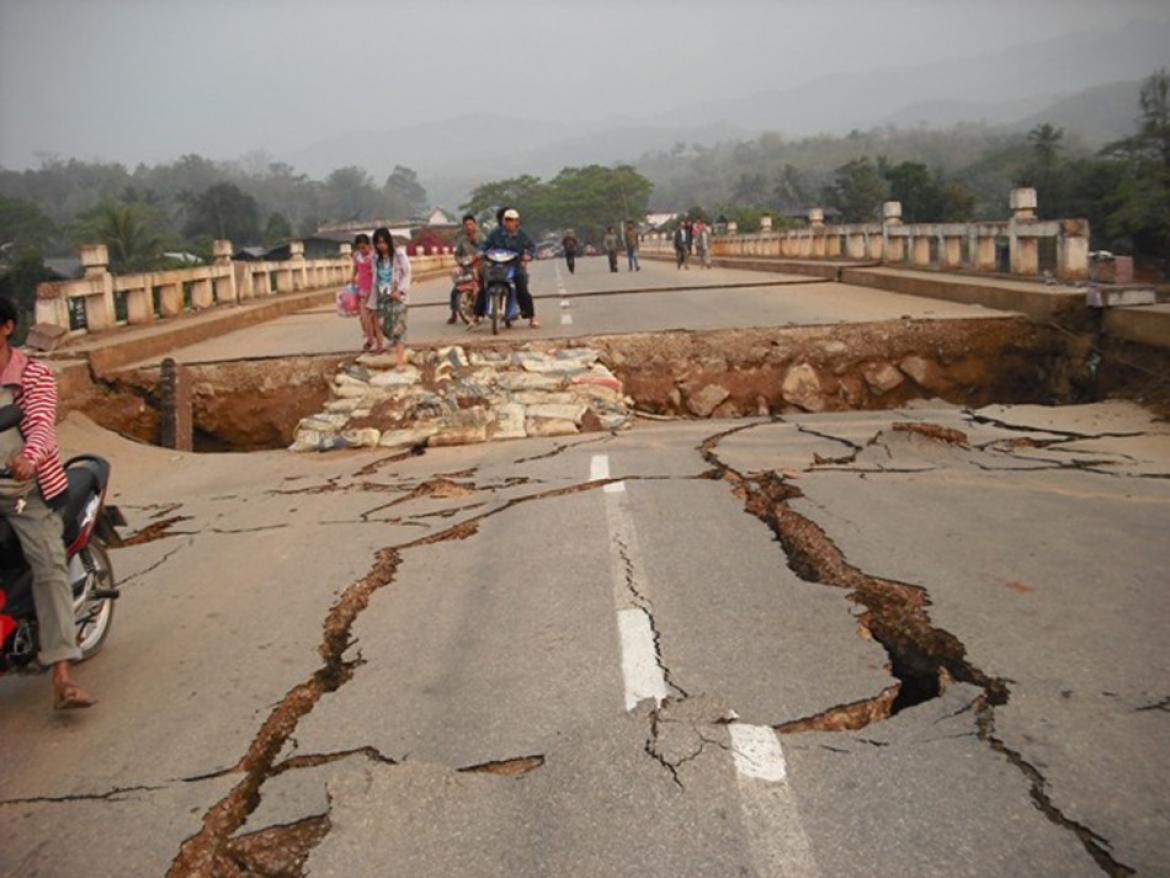
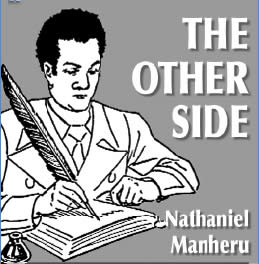

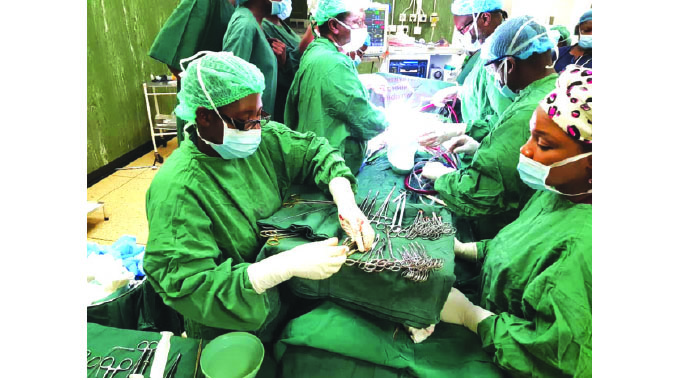
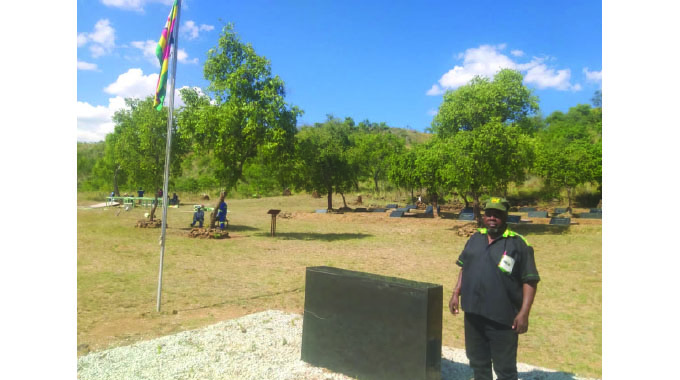

Comments